During Lent and Easter, I have professed the Apostle’s Creed during the Liturgy of the Word of the Mass.
I believe in God, the Father Almighty, Creator of heaven and earth.
I believe in Jesus Christ, his only Son, our Lord.
Who was conceived by the power of the Holy Spirit and born of the Virgin Mary.
He suffered under Pontius Pilate, was crucified, died, and was buried.
He descended into hell. On the third day he rose again.
He ascended into heaven and is seated at the right hand of the Father.
He will come again to judge the living and the dead.
I believe in the Holy Spirit.
The Holy Catholic Church, the communion of Saints.
The forgiveness of sins.
The Resurrection of the dead.
And the life everlasting.
Amen.
Apostles Creed
The Apostles taught that profession to the first Christians. The Apostles Creed is the first catechism.
Sacred Art has been in my life for as long as I can remember. Stained glass, murals, sculptures, the stations of the cross, and icons have been familiar objects. Those images catechize me, just like the Apostle’s Creed acts as a catechism. Catechesis through sacred images is almost as old as the Apostles Creed. The Catechism of the Catholic Church gives us four beautiful examples of this type of catechesis. Below are the images with their explanations from the Catechism.

The design of the logo on the cover is adapted from a Christian tombstone in the catacombs of Domitilla in Rome, which dates from the end of the third century. This pastoral image, of pagan origin, was used by Christians to symbolize the rest and the happiness that the soul of the departed finds in eternal life. This image also suggests certain characteristic aspects of this Catechism: Christ, the Good Shepherd who leads and protects his faithful (the lamb) by his authority (the staff), draws them by the melodious symphony of the truth (the panpipes), and makes them lie down in the shade of the tree of life, his redeeming Cross which opens paradise.

Fragment of a fresco from the catacomb of Priscilla in Rome, dating from the beginning of the third century A.D. It is the most ancient image of the Blessed Virgin.
This image, among the most ancient in Christian art, expresses a theme that lies at the heart of the Christian faith: the mystery of the incarnation of the Son of God born of the Virgin Mary.
— At the left, the figure of a man pointing to a star, located above the Virgin with the child: a prophet, probably Balaam, who announced that “a star shall come forth out of Jacob, and a scepter shall rise out of Israel” (Num 24:17). This is the whole expectation of the Old Covenant and the cry of a fallen humanity for a savior and redeemer (cf. §§27; 528).
— This prophecy was fulfilled in the birth of Jesus, the incarnate Son of God, conceived by the power of the Holy Spirit and born of the Virgin Mary (cf. §§27; 53; 422; 488). Mary brought him into the world and gave him to all mankind. For this reason she is the purest image of the Church (cf. §967).

Fresco from the catacomb of Saints Marcellinus and Peter, Rome, from the beginning of the fourth century A.D.
The scene depicts the encounter of Jesus with the woman with the hemorrhage. This woman who had suffered for many years was healed by touching the cloak of Jesus through the power that “had gone forth from him” (cf. Mk 5:25–34).
The sacraments of the Church now continue the works which Christ had performed during his earthly life (cf. §1115). The sacraments are as it were “powers that go forth” from the Body of Christ to heal the wounds of sin and to give us the new life of Christ (cf. §1116).
This image thus symbolizes the divine and saving power of the Son of God who heals the whole man, soul and body, through the sacramental life.
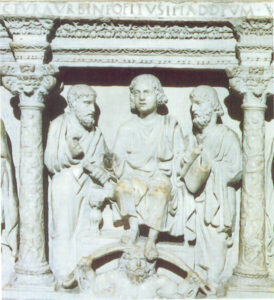
The central section of the sarcophagus of Junius Bassus, discovered underneath the “Confessio” of the Basilica of St. Peter in Rome and dating from the year 359.
Christ in glory, portrayed very young as a sign of his divinity, is seated on the throne of heaven, with Uranus, the pagan god of heaven, as his footstool. The apostles Peter and Paul stand on either side of Christ, toward whom they are turning and from whom they receive two scrolls: the new law.
As Moses had received the old law from God on Mount Sinai, now the apostles, represented by their two leaders, receive from Christ, the Son of God, the Lord of heaven and earth, the new law, no longer written on tablets of stone, but engraved by the Holy Spirit on the hearts of believers. Christ gives the strength to live according to the “new life” (§1697). He fulfills in us what he has commanded for our benefit (cf. §2074)
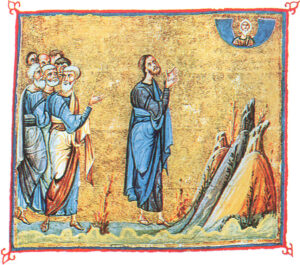
Miniature from the Monastery of Dionysius on Mount Athos (codex 587), painted in Constantinople in about the year 1059.
Christ turns in prayer towards the Father (cf. §2599). He prays alone, in a deserted place. His disciples look on from a respectful distance. St. Peter, the head of the apostles, turns towards the others and points to him who is the Master and the Way of Christian prayer (cf. §2607): “Lord, teach us to pray” (Lk 11:1).




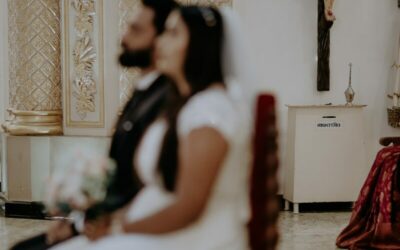
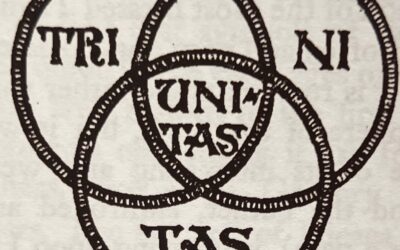
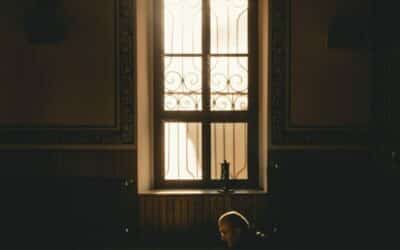
0 Comments